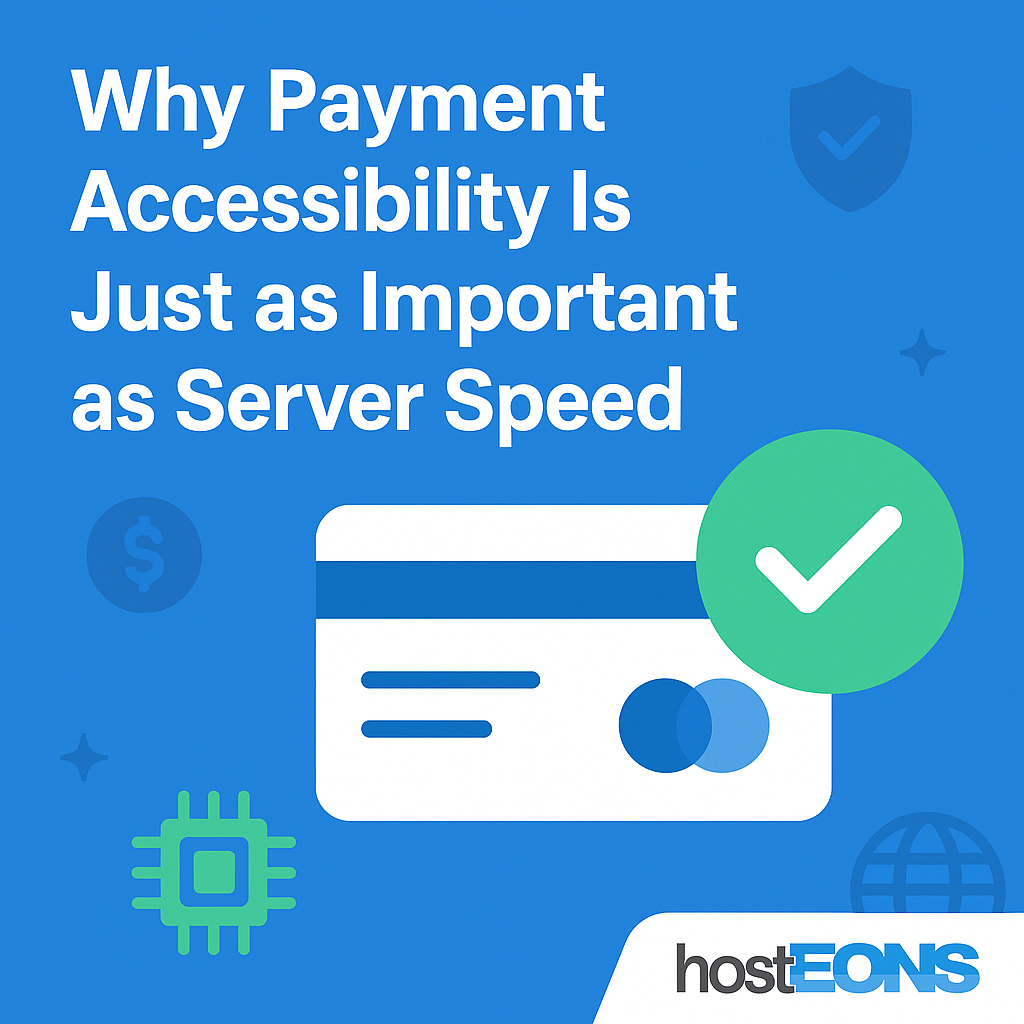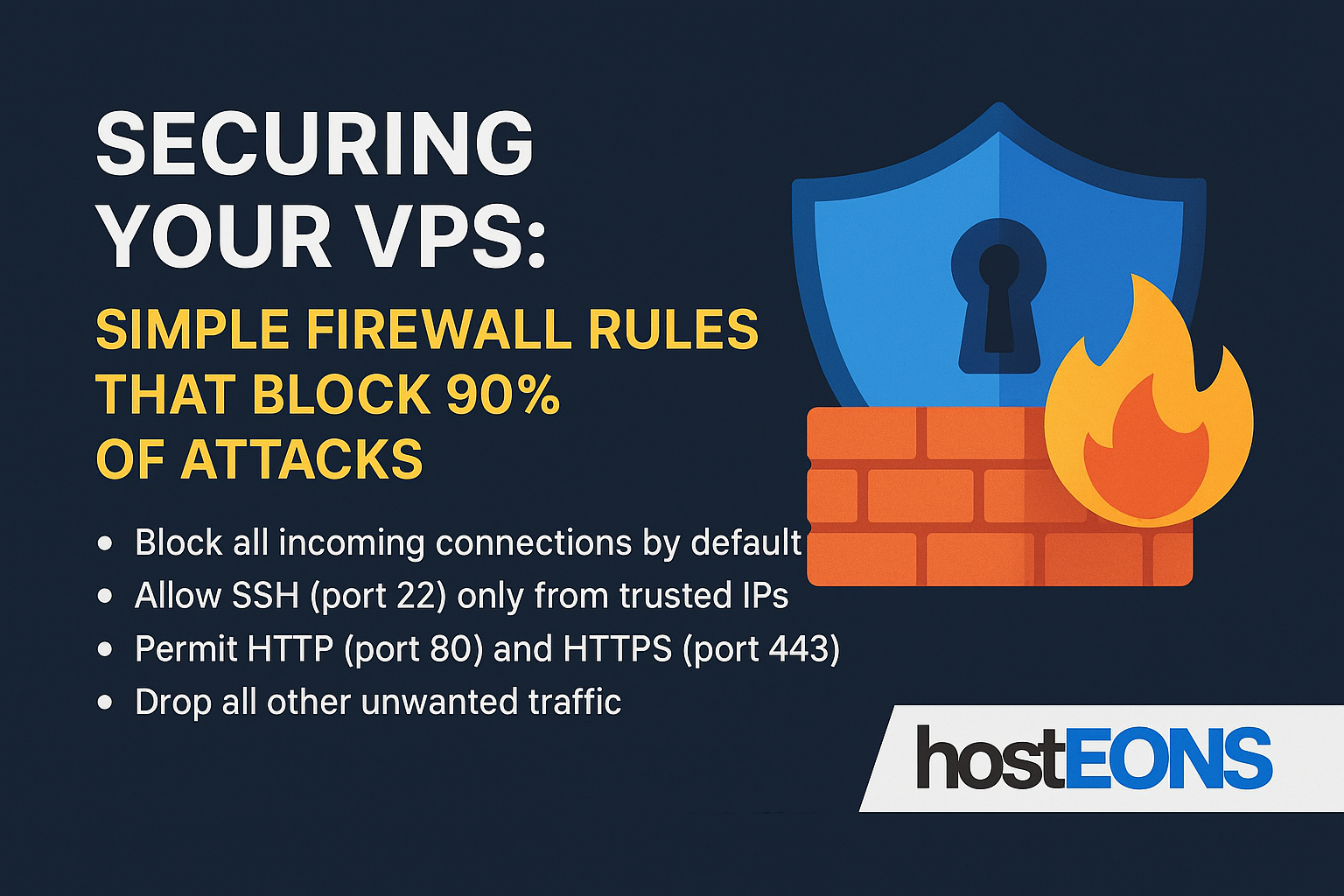
When most people think about hosting performance, they immediately think of server speed, uptime, or latency. While those are critical, there’s another factor that’s often overlooked—but just as vital for global users:
👉 Payment Accessibility.
At Hosteons, we’ve seen it firsthand: customers can fall in love with your specs and pricing, but if they can’t pay conveniently, the deal falls apart.
Let’s explore why payment accessibility is a performance factor—not just a billing issue.
🚀 Server Speed Gets You Attention…
Server speed is undoubtedly the backbone of hosting.
✅ Fast page load times
✅ Low latency for apps
✅ Better SEO
✅ Happier users
But here’s the catch—none of that matters if the customer can’t even complete the checkout process.
💳 …But Payment Accessibility Closes the Deal
Think of payment accessibility as the final bridge between interest and conversion.
If a user from Indonesia, India, Colombia, or China can’t use their preferred method to pay, the result is simple:
❌ Lost sales
❌ Frustration
❌ Cart abandonment
At Hosteons, we go beyond Visa and PayPal. We support over 30+ global payment options to meet our customers where they are.
🌍 Why Global Payment Support Matters
Here’s why payment accessibility can be a make-or-break factor:
✅ 1. Local Users Want Local Payment Options
Not everyone has an international credit card or PayPal account.
That’s why we support:
- Alipay, UnionPay – for China
- UPI, NetBanking – for India
- Baloto, Efecty – for Colombia
- Dragonpay – for the Philippines
- PIX, Boleto – for Brazil
- QRIS – for Indonesia
- And many more…
This localized approach removes barriers and builds trust.
✅ 2. Speed at Checkout Matters Too
Slow websites lose users. But so do slow or failed payment gateways.
With Hosteons:
- No redirects to unknown processors
- Instant confirmation
- Checkout that matches user expectations
It’s all part of our mission to offer a frictionless user experience from homepage to hosting dashboard.
✅ 3. Trust = Payment Familiarity
Users are more likely to pay when they see logos they recognize.
That trust factor is as valuable as low ping times.
A buyer from Colombia seeing Efecty or Baloto at checkout is more likely to convert than one who sees only PayPal and Visa.
✅ 4. Accessibility Supports Growth
Making it easy for users across Asia, LATAM, and Europe to pay means:
- More signups
- Less support for failed payments
- Better brand reputation
- Global reach without added complexity
💡 Hosteons = Fast Servers + Fast Payments
We don’t believe in trade-offs.
At Hosteons, you get:
✅ 10Gbps Network Speeds
✅ NVMe SSD KVM VPS
✅ Global Datacenter Coverage
✅ AND Payment Accessibility in 50+ Countries
Because performance isn’t just how fast your website loads—
…it’s how fast and easily you can get started.
🛒 Ready to Experience True Hosting Accessibility?
Explore our global VPS and VDS plans:
Buy directly with your preferred local payment method:
Questions? Our support team is here to help in multiple languages.
Final Thoughts
It’s time we stop treating payment accessibility as an afterthought.
In a global internet economy, it’s a core feature—as important as bandwidth, storage, or latency.
If users can’t pay, they can’t stay.
At Hosteons, we make sure they can do both.



